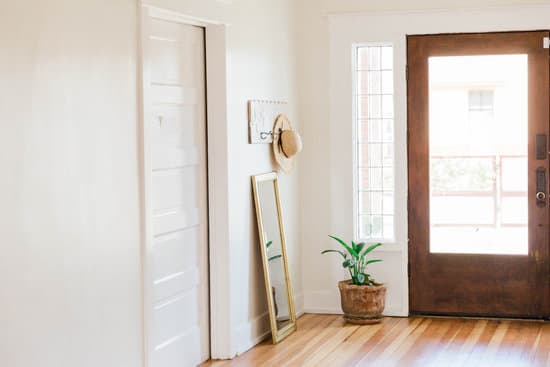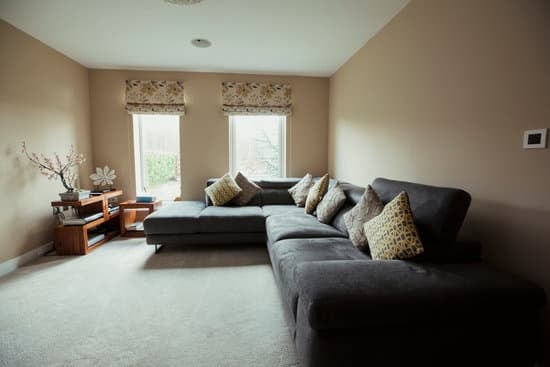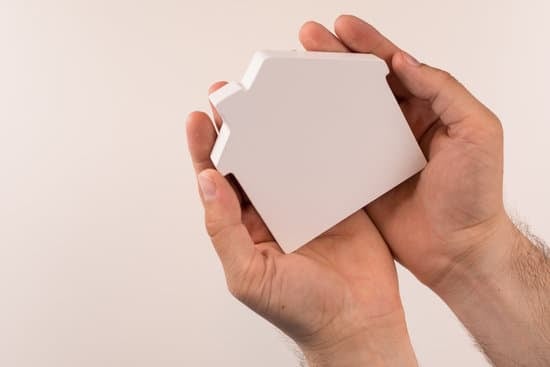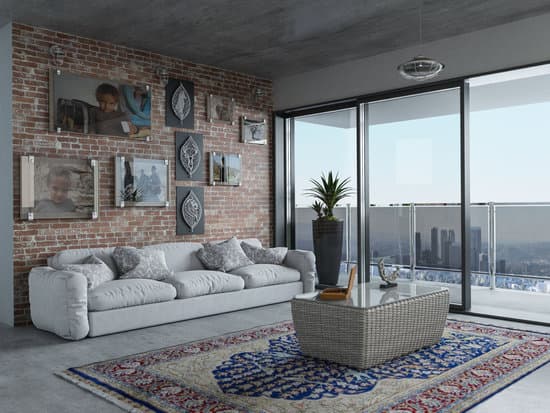Installing proper ventilation in a house is crucial for maintaining good air quality and avoiding issues such as mold growth and excess moisture. To install ventilation in a house, follow these steps:
Connect the MVHR unit on the wall: Start by connecting the MVHR (Mechanical Ventilation with Heat Recovery) unit on the wall using brackets and screws. This unit will help you to extract moisture, pollutants, and stale air from your home while recouping heat and refreshing the air.
Connect the drain: If needed, connect the drain to ensure that any collected water is safely removed from the system.
Set up the appropriate MVHR controls: You’ll need to set up the correct MVHR controls, which will include setting the supply and extract airflows. They will adjust the balanced flow of fresh air coming into the house and taking stale air out of the building, which will depend on the size of the home, the number of occupants and room types.
Set up the distribution box and external pipes: Position the distribution box and external pipes where people can’t interfere with them but in a location that’s more accessible for maintenance. The distribution box is the central component that distributes the air supply and extracts through its multiple outlet ports.
Install the radial pipes to distribution boxes: Run the radial pipes in each room back to distribution boxes. These pies will ensure there is enough supply and extract air in each room, which is essential for a balanced MVHR system.
Install plenums to hold the valve for air supply in each room: A plenum is used to hold the valve for air supply, which can be integrated with the ceiling or walls and will help maintain the correct level of air quality in each room.
By following these steps, you can install ventilation in your home with ease. It’s important to ensure a well-ventilated home for your family’s health and comfort.





















